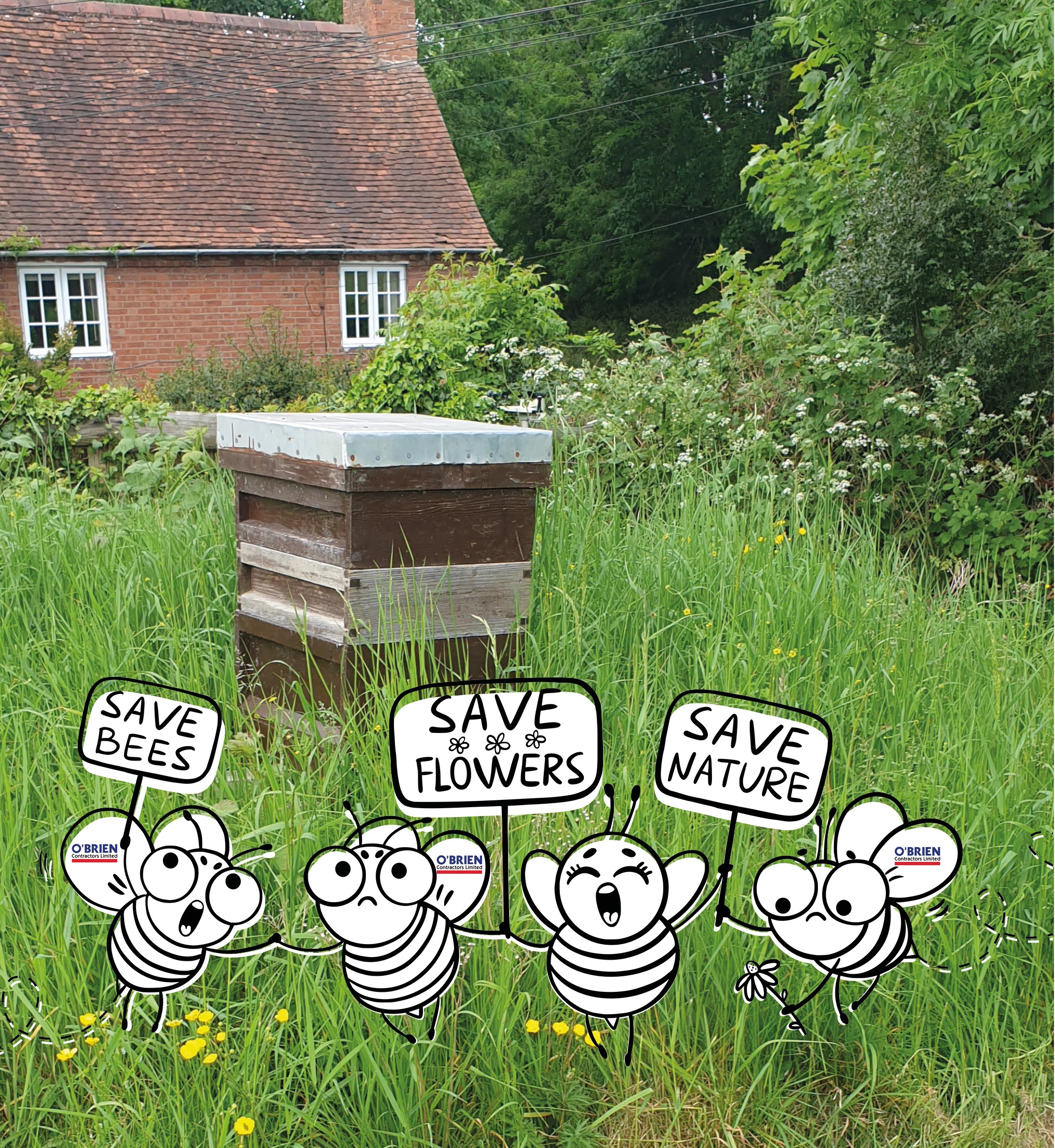
World Bee Day – Concentrating on the Solitary Bee Species Today
Having done some research on Bees for World Bee Day, I found that there were bees that lived solitary lives, with no hives (I was a poet etc…), so decided to concentrate on the solitary bees for todays awareness day!
We love bees at O’Brien so much we have beehives in our garden at the office for our honeybees!
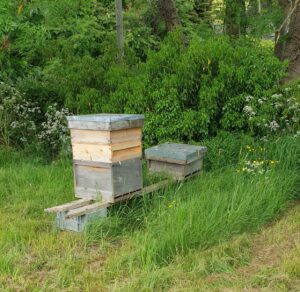
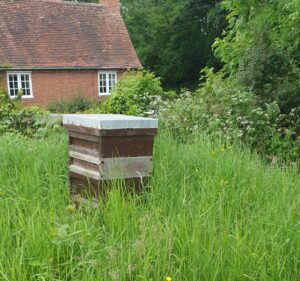
Over 200 out of 275 bee species in the UK are solitary bees, the rest are bumble bees and we have just one species of honeybee. That surprised me!
Solitary bees do not produce honey and don’t live in a hive, however they are very important! Female solitary bees are prolific pollinators, carrying out the majority of pollination in Britain, (the males are purely for breeding and then unfortunately, they kick the bucket after completing the task)! They are also quite small in size, with an extremely weak or ineffective sting – even more reason to welcome them into your garden.
Let’s Get Planting for the Bees!
Bluebells, hellebores, forget-me-nots, crocuses, grape hyacinth, mahonia japonica and rhododendrons, hollyhock, snapdragon, aquilegia, aster, delphinium, foxgloves, fuchsia, geraniums, heather and lavender abelia, anemone sylvestris, dahlias, salvias, sedum and verbena bonariensis, alliums, astrantia, deutzia, erysimum, lavender, pulmonaria. They particularly love blue, yellow and purple flowers! Let’s get planting!
Bee Bombs are Great for the Bees, Throw it and Grow it!
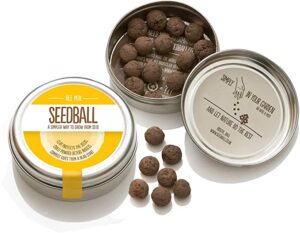
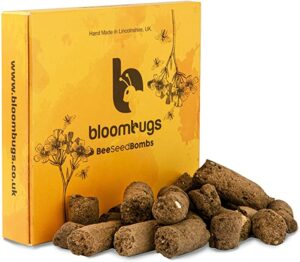
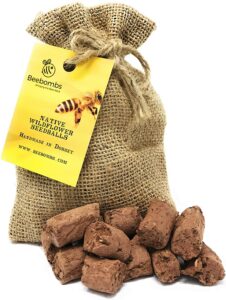
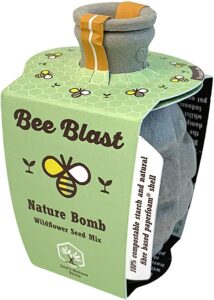
Let’s Get Building for the Bees!
Building a bee hotel is one of the ways you can help or using just one Bee Brick in your building project is the other. We are installing a bee hotel on one of our current projects and will update you on this when the project is completed!
Build a bee hotel and involve the kids!
Bee hotels can be made for pretty much pennies, with most of the materials lying around the average garden or a good rummage in the local woods or park, so a great project to involve the kids in.
Use a plant pot or old tin can and put pieces of cut cane inside, or one full of leaves, an old fence post with drilled holes or use some basic carpentry skills, or you can buy some luxurious style ones. Whatever you decide the bees will love you for it! A couple of links below for simple bee hotels.
https://www.nhm.ac.uk/discover/how-to-make-bee-hotel.html
https://www.woodlandtrust.org.uk/blog/2020/04/how-to-build-a-bee-hotel/
https://friendsoftheearth.uk/bees/make-a-bee-house
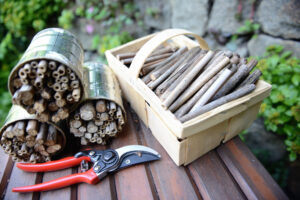
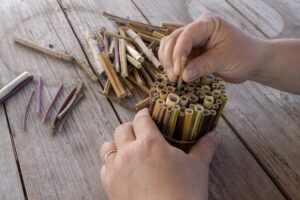
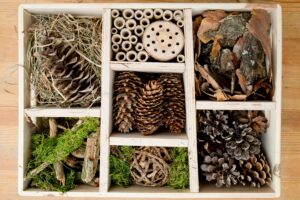
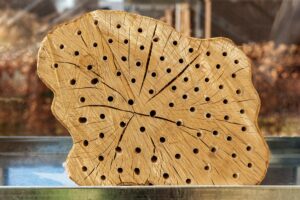
Use a Beebrick in your construction project
Bee Bricks come in all sorts of colours, with each brick containing cavities in which solitary bees can lay their eggs before sealing the entrance with mud and chewed-up vegetation, which will hatch the next spring with no further involvement from the queen.
O’Brien will be encouraging our clients to include a bee brick in their construction projects, to be used in replacement of a standard brick, adding an ecologically friendly twist to their project .
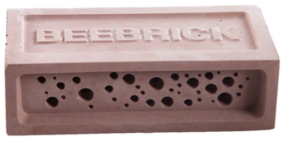
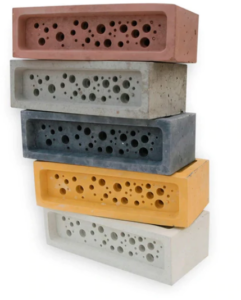
Some of the Solitary Bee Species
- Carpenter Bees – found in logs and tree stumps
- Masonry (or mason bees) – found in mortar joints or brick walls
- Miner Bees – found in the ground
- Leafcutter bees – nest in soft, rotted wood, thick-stemmed pithy plants
- IVY bee – nest suitable sloping sandy banks
- Flower Bees – nest in the soil, & high-up sites.
